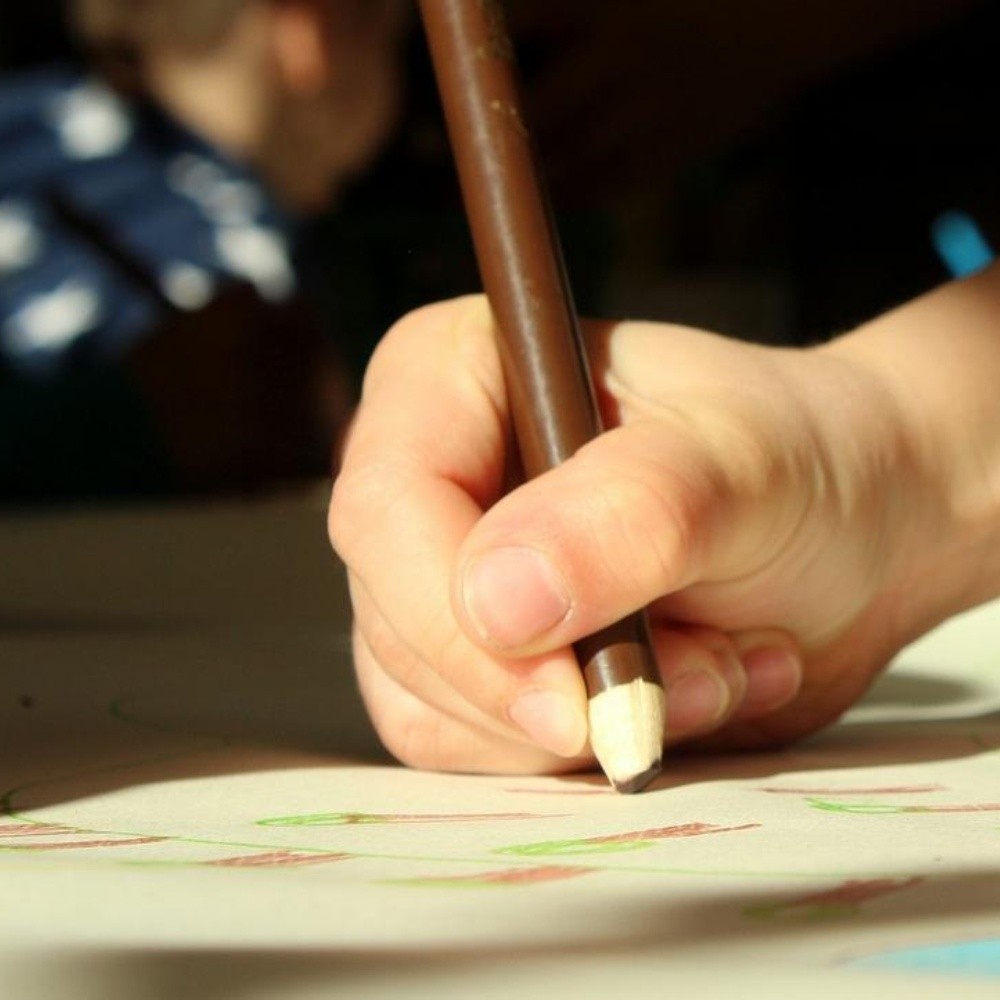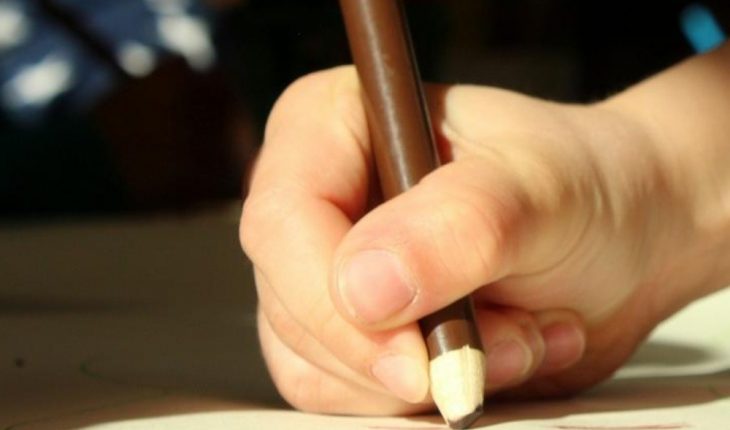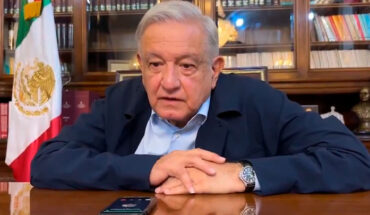
Distance classes continue in Mexico with the help of the “Learn at Home II” program of the Secretariat of Public Education (SEP). Here are the activities and questions for second grade on Thursday, October 1, 2020, proposed by the “Learn at Home II” program.
Stay informed about what matters most to you
Get the most relevant news of the day in your e-mail
Thank you for subscribing!
Check your inbox to confirm your email and start getting the latest news
Take advantage and take the next step
Get our news alerts so you don’t miss anything
Receive notifications
Not bad! You’ve subscribed to notifications
Set up and choose your preferences
Set up notifications
Enter your e-mail
Subscribe
Subscribing involves accepting the terms and conditions
Not bad! You’ve subscribed to notifications
Set up and choose your preferences
English: Transiting the street
You’ll learn about traffic signals.
Activities “Learn at Home II”
It is important that you know the signs to avoid accidents and that everyone can be taken care of.
Picture: SEP
There is a signal called “High” and it says “STOP”, this signal serves to stop you.
Picture: SEP
There are many signs which are important to recognize. There are “prohibition signs”https://www.debate.com.mx/”prohibition signs”. Those are the ones with a red circle with a diagonal stripe.
Picture: SEP
This is an example of prohibition sign / This is an example of a prohibition sign.
Picture: SEP
It is forbidden to ride bicycles, then you will say “no bikes”.
Picture: SEP
The following sign is called “No cars” “No motorbikes” and means “No passage to cars and motorcycles”.
Picture: SEP
The following sign means “no right turn” and means “Forbidden to turn right and is as follows:
Picture: SEP
It is called “no left turn” and means “Forbidden to turn left”.
Picture: SEP
These signs are warning and are called “warning signs” and above all indicate that someone or something crosses our path.
Picture: SEP
It is the sign to indicate that there are children crossing and it is called “children crossing”.
Picture: SEP
There is also a sign that a train is crossing and is called “railroad crossing”.
Picture: SEP
And a sign to say there are animals crossing.
Picture: SEP
There are other signs that are information and are called “information signs”.
Picture: SEP
Like the one in the parking lots. In English Parking is said “Parking”, then instead of E we will see that it has a P.
Picture: SEP
They also report on parking spots that are reserved “Reserved Parking”.
Picture: SEP
Today’s Challenge
Draw these geometric figures:1. Circle / Circle2. Triangle / triangle3. Square / SquareIs important to draw it with the corresponding color, if you are going to draw a red circle then you will make a “prohibition sign” / prohibition signaling. Mathematics: Numerical detectives
You will read, write and sort natural numbers until 1000. You’ll use regularities to locate numbers on the 100.Activities “Learn at Home II” board
Exercise playing with the regularity of the column that starts with 4 but you’ll review it from the bottom up and then up and down so you notice its regularities, that is, its patterns or features that allow you to identify what they look like or differ in.
Picture: SEP
You’ll then use those patterns or regularities you found and use them to search for numbers on the nearly empty board. Do it through a game.
Picture: SEP
Game rules:Look at the 100 numeric board, which is empty, what you’re going to do is put a number, for example, the 26 in the corresponding box, look at the example:
The first option is to count one by one until you reach 26.
The second option is: If the box of 20 and is in the second row and I look for the column of 6, the 26 has to be in the third row after 20.
Picture: SEP
Since you have the number 26 in its box, place an arrow, either up, down, left or right.
Picture: SEP
Since you have the number, and the arrow indicatesDown, you need one more clue to find the number that’s hidden. The hidden number you must find is the one with three boxes down. It’s 56.
Picture: SEP
You can continue playing as the activity is in your Math textbook on page 24.Today’s Challenge
Find the hidden numbers found in all the boxes if you count from 7 to 7.Knowledge of the medium: The sense of touch
You will reflect on the importance of the sense of touch, as well as its relevance to acquiring environmental information. Activities “Learn at Home II”
Answer the following questions regarding the previous session:
Do you remember what the five senses are?
When do you use a sense of touch?
What part of your body do you feel the temperature of the environment with?
What parts of your body can you recognize the shape of things with?
How do you know that an omelette is freshly made or that it already has several days?
Now you will know how the sense of touch works! Look around and select an object, then touch it and try to feel its texture and shape; it can be your table touch it and feel with your hands, whether it’s soft, rough, smooth or rough. Perform the game or experiment of touch: in a box places different objects, rough, smooth, small, large, soft, rough, etc. Today’s Challenge
Play with your family. The materials you will use are: a handkerchief and several toys. First, you’ll put all the toys you have on a table, making sure that the person you’re going to play with doesn’t see it, you’ll tell them to start touching each object to feel it, and they have to say what toy it is. When they’re done, they can change roles. Mother Tongue: Harvesting in My Village
You will learn how to write texts about some activities that are done in a community, for example, work in the field and then make a small text about the activity performed. Activities “Learn at Home II”
The following text is a song concerning milpa:
“Non mimile”
Kwak nia ixtlwatl
nia nikita nomile
nikita sekin wehweyakeh
wan sekin tetetepichin
“My millipita”
When I go to the country
I’m going to see my millipita
I see some bigots
and other little girls. Answer the following questions:
What agricultural activities do you do where you live?
Do you have any relatives who grow the land?
You grow the land? In your community do they sow, too?
Watch the following video: Mazahuas. Harvesting and Flavoring
Now, write a small text about what you observed in the video with the mazahuas, among indigenous peoples many practices are shared, for example: the teacher of the program is Nahuatl and also in his people the actions you observed in the video are carried out. Answer the following questions: What did the character do first?
Answer: “Kwak yaasis xopantla non tlakah yatlahpopoa non intlatl, tlatsinteke wan kektlalia intekorra noso inserka.”
Answer: “When the rainy season is near, the lords will clean their grounds, cut the bushes and repair their fences or tecorrals.”
What did he do next?
Answer: “Tla yokiah kana yexpan, non tlakah pewa kitlalia kwemitl wan tokah tlayolle. Kwak yotlaixwak tlatlalwia wan tlabonaroa. Kwak yoweyak non mile ka okpa kitlatlalwia wan okwetl kitepewilia okseke abono. Kion mochiwas wehweyin yelotl.”
Answer: “If the earth is already wet enough by the rains, the lords begin to furg their lands and sow their corn. When the milpa is already growing it melts and is paid. When the milpa is larger a second time it is frayed and paid again. That’s how big elotes will grow.”
What did he do in the end?
Answer: “Kion weya non mile. Sesentlamankan tonochtin titokah.”
Answer: This is the planting process. Elsewhere the planting modes change depending on the weather.
Today’s Challenge
Reflect on some important activity in your community. Ask an adult for help identifying relevant activities in your locality. Don’t forget to use the guide questions:
What activity am I going to write about?
Who and how do they participate?
Who and how are they organized?
What do you do first, after and in the end?
Nice day!
Thank you for your effort





